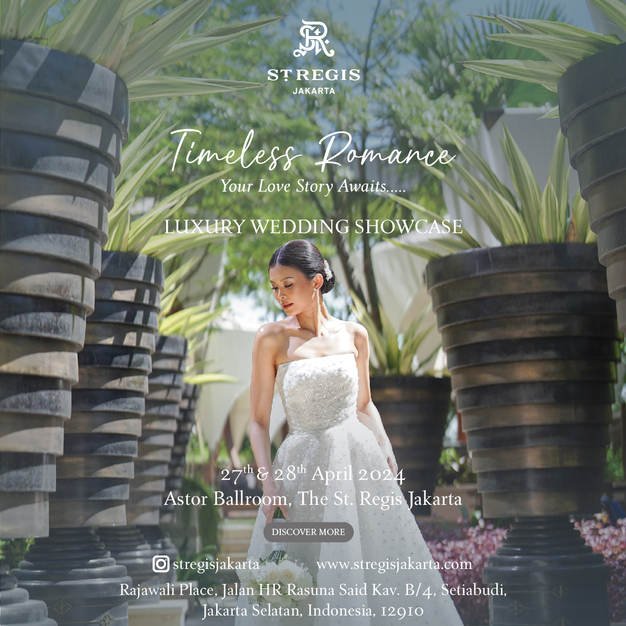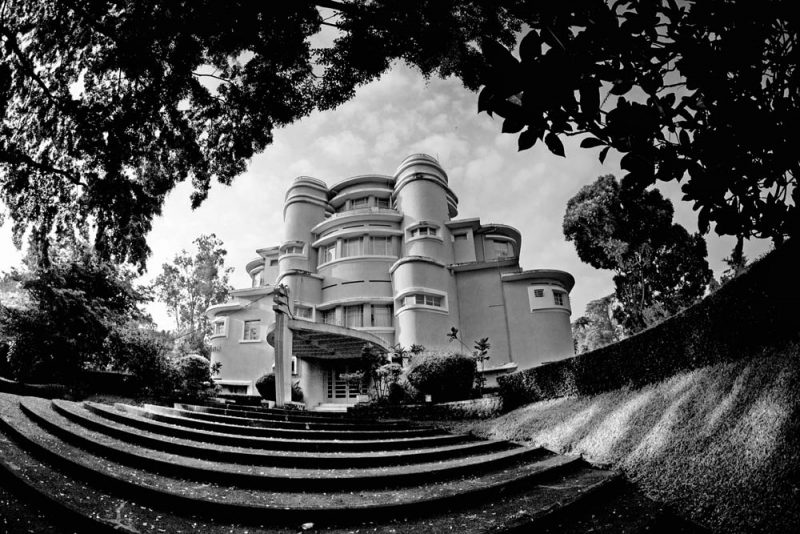The term “Art Deco” was named after the unique and modern visual style exhibited in Paris in 1925 during the Exposition Internationale des Arts Décoratifs Industriels Modernes. It followed in the wake of the Art Nouveau movement and represented modernism turned into a design, affecting everything from figurines to mannequins to models as well as changing the vision of human anatomy from the soft and voluptuous to the sleek and thin; all of which affected the markets in apparel, art and architecture.
Among the most popular designs at the exposition were sleek, elongated decorative figurines from the island of Bali. They were hand-carved in exotic woods, and in ebony and ivory. Home décor pieces featured curving, sleek forms and smooth, polished surfaces through exquisite craftsmanship; they were the buzz of the show in 1925 and ushered in a new phase of design. Art Deco represented luxury, glamour, exuberance and a faith in social and technological progress. It influenced the design of trains, ocean liners, the design of buildings and homes and the décor within, jewelry, fabrics and fashion to radios and cleaning devices. Art Deco combined contemporary design with architecture and a broad spectrum of decorative arts that focused on the future whilst maintaining the highest quality and craftsmanship by drawing inspiration from the ancient and primitive arts and artifacts, including those of Java and Bali. This concept was explored further by the Functionalists and later, the Minimalists.
Research in the sixties by the Minneapolis School of Arts brought information showing that a great deal of the early Art Deco movement, and most of the decorative figurines and pieces at the initial Paris exhibition in 1925, had been shipped from Indonesia. Other items included furniture, homewares and large wooden sculptures. Indonesia had a strong presence in the early Art Deco movement, and the reciprocal influence of Art Deco upon Balinese art continued well into the seventies. The city of Bandung in Java is one of only three cities in the world that can legitimately call itself Art Deco. The other two are Napier, New Zealand and Miami, Florida.
Napier, a small town in northeastern New Zealand, was destroyed by a huge earthquake and subsequent fires in 1931. The architects adopted the Art Deco style for almost every structure during the rebuild. In Miami, the nouveau riche were lured by a clever developer to build a beautiful new development based completely on the forward-looking and fabulous integrity of the buildings from this era. Young Dutch artists, architects and manufacturers in Bandung followed the concepts of Art Deco to create striking, high-quality Art Deco office buildings and further incorporated this style for new private homes and offices along with manufacturing and marketing products in Indonesia and to the rest of the world.
In Bali, there is clear evidence in the 1930s many local and expat artists were influenced by Art Deco. Local artists, influenced by expat artists and well-heeled businessmen would combine their traditions: ornate artisan practices with the sleek, clean lines of contemporary styles. Art Deco wood carvings can be found in Ubud at the Puri Lukisan Museum as well as in more established hotels and galleries. Vintage art deco may be found throughout the archipelago in second-hand shops and are widely reused and recycled at chic new restaurants and nightclubs.
The thirties saw a heightened interest in all things Balinese as a result. YouTube has free movies from that era such as Honeymoon in Bali, Road to Bali, Bali Hai; which were all set in Indonesia. The influence of this period is strongest in America, as it was a time of growth. Even during the Depression, lavish movie theatres and department stores were built with a boom in construction shortly thereafter. The greatest landmark buildings in some major American and Indonesian cities are often from the Art Deco period. It had further recognition and a resurgence of this style in the sixties. New York City boasts the Empire State Building, the Chrysler Building and Rockefeller Center where the focal point is the important statue of Prometheus, a Greek god. This particular statue brings to mind similar ones located at the major intersections in Bali and throughout Indonesia from the Majapahit influence in Java.
Along with the West’s Bali obsession in the thirties there arrived an assortment of expats. Hollywood stars, artists, dancers and writers visited and lived in Bali whilst the Depression raged at home. Walter Spies is perhaps the most famous artist to have resided in Ubud. He was a German artist well known for his primitive style of painting and is often credited with introducing Western-style painting on canvas to the Balinese. He revitalized the traditional arts, among them woodcarving and dancing, so they could be appreciated more by tourists and the western cultures. Along with his artist friends, Spies promoted Bali as a “Garden of Eden,” and with other artists established Ubud as the centre of new art. Rudolf Bonnet was another artist that influenced this sphere, first with Art Nouveau and then pieces with Art Deco leanings. Charlie Chaplin came to Indonesia with some of his Hollywood contacts, and in turn, turned Bali into a destination for American expats interested in a life of leisure and business through manufacturing and exports.
Exports in home décor, jewellery, and artisan products peaked in the 40s and dropped when the move for independence started. America helped negotiate the departure of the Dutch and played a key role in Merdeka. Through commerce and artistic relationships, an exchange of ideas and marketing continues to grow in revenue and in spirit between East and West.




